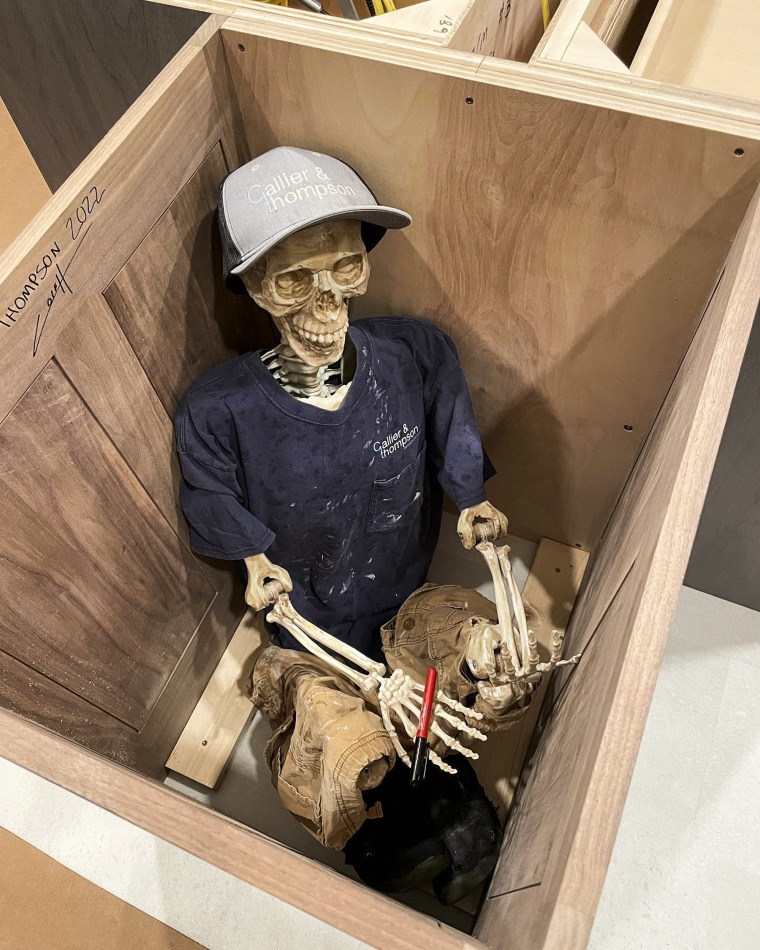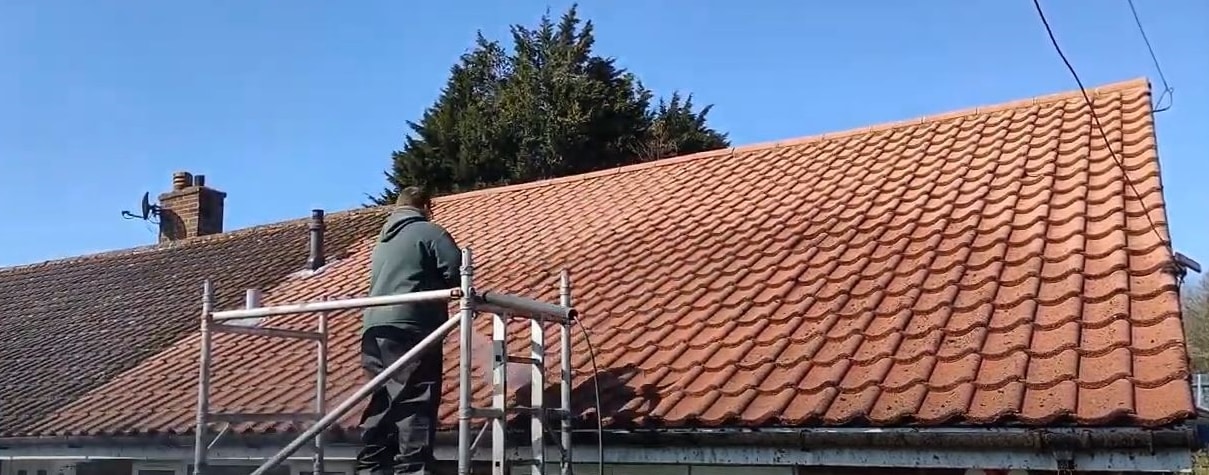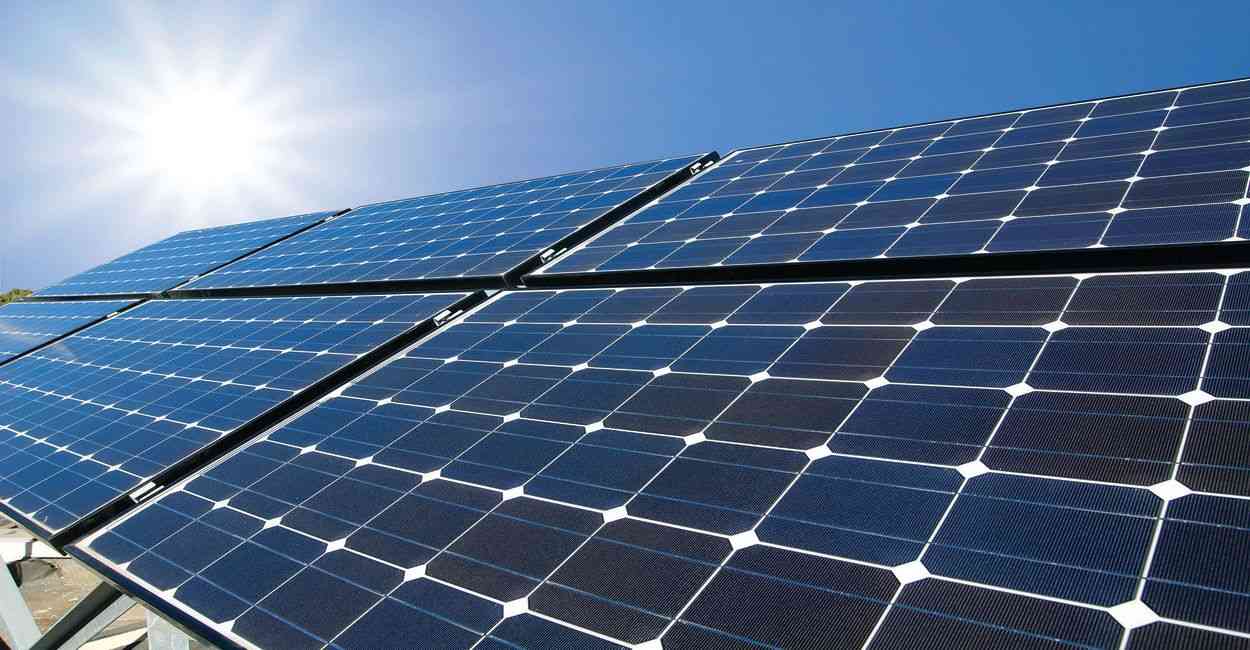Indiana DOT, Purdue University developing wireless EV charging for highways
4 min read
Dive Temporary:
- The Indiana Office of Transportation is partnering with Purdue University and German infrastructure technologies corporation Magment on a pilot task to build the nation’s initially paved freeway segment that consists of contactless, wireless systems to charge electrical cars as they drive around it.
- Purdue engineers are planning and screening the dynamic roadway, which incorporates Magment’s magnetizable concrete part, to establish if it is practical for Indiana roadways.
- The very first of a few venture phases — investigate and lab testing — began last thirty day period. Purdue hopes to wrap the initial two phases by the end of subsequent 12 months, said Steve Pekarek, professor of electrical and laptop engineering. The 3rd phase requires constructing a quarter-mile check road at a to-be determined locale, with any luck , someday in 2023. If the resolution is deemed feasible, genuine-earth item implementation on Indiana highways could manifest in about three to four decades.
Dive Perception:
This job is part of Advancing Sustainability by way of Powered Infrastructure for Roadway Electrification (ASPIRE), a Countrywide Science Foundation-funded investigation and improvement initiative to accelerate sustainable and equitable transportation electrification. Purdue’s Pekarek claims getting component of this form of consortium is effective for info sharing to advance the engineering.
“There is a leveraging outcome of this and a significant mass receiving set up in the U.S. to foster such progress,” he claimed.
Purdue and INDOT will doc their examine benefits to guide some others all-around the earth who are examining this new technological know-how, particularly thinking of it is these a new, largely untested innovation.
“The intent would be for the partners to publish all our results and make it publicly readily available for many others,” explained Scott Manning, deputy chief of staff at INDOT. “Everyone running in this place will be in a position to leverage the details that we have to inform their individual study or solution development.”
INDOT is searching at putting in the technological innovation in spots that encounter hefty professional truck site visitors to guidance large-responsibility fleets’ transition to electric vehicles. The partners have not however manufactured a firm decision exactly where the first actual-world roadway portion would be trialed.
“In the ultimate period we want to walk away with a potent knowing of how this technologies would get the job done on a day-to-working day foundation and its viability on a big scale,” explained Manning. “Our purpose would be to apply a section duration that would give us the breadth and depth of details that would advise whether or not this is anything we could do statewide and be deployed on worldwide scale.”
They intend to exam the magnetic roadway’s power, sturdiness and operation underneath diverse climate situations in Indiana’s weather. Some engineers believe warm areas will have more achievement with this technological know-how than cold climates, at minimum to begin with, said Mark Kosowski, technological executive at the Electrical Energy Investigate Institute. He points out that states by now have a hard time holding up with highway maintenance, such as repairing buckling and potholes this is specially legitimate in spots with harsh winters. Incorporating high priced elements like the magnetic roadway and connected electrical parts could make maintenance far more sophisticated and highly-priced, he claimed.
“I see the concrete in this roadway system remaining torn up and needing continual routine maintenance of the technique,” Kosowski explained. “I think [it’s] feasible. I consider it is really heading to be highly-priced, while.”
The Purdue engineers are performing to deal with these things to consider and some others. For instance, the electric demand has to perform across the air hole between the highway and a receiver in the EVs, which is hard.
“We’re attempting to carry out all those circumstances on our style to make guaranteed it can face up to massive variations with temperature, if h2o will get into the procedure and what transpires if you differ the length between the automobile receiver and the transmitter in the roadway,” Pekarek stated. “How do you go about repairing these kinds of a process or ensure it will not get destroyed when fixing the roadway? Individuals are all agent design and style concerns.”
Other tasks
Dynamic roadway R&D and pilot assignments are using spot across the globe — mostly overseas — which includes in Germany, Italy and Tel Aviv. Higher discovering establishments together with the College of Auckland in New Zealand and Cornell University go on to launch experiments advancing the technologies. But implementation on true public roadways even now is a large hurdle.
Presently, employing static wi-fi EV charging systems has acquired extra traction than dynamic charging. The principles do the job in the same way except that with static charging the automobiles continue being stationary in excess of an electrical transmitter as opposed to shifting more than more time stretches of electrified roadways.
This form of innovation is in the works in Norway, wherever charging plates are staying installed in the road at taxi stands so cabs can wirelessly charge even though they hold out for a client. Kosowski stated that the expense and little charge that autos obtain when shifting in excess of sections of dynamic roadways can make stationary wi-fi charging infrastructure much more beautiful in several circumstances.
Even so, a dynamic street pilot venture being created in Sweden, eRoadArlanda, describes that the present technologies is meant to give an extra enhance to lessen EV drivers’ vary anxiousness — drivers’ dread of not owning ample charge to reach a spot — while traveling extended distances, while primary charging happens at preset factors such as homes, function or shops.
While most of the analysis having position focuses on perfecting the dynamic charging capabilities, future analysis could tackle challenges like the likelihood of tapping into the roadway conductors’ electrical power to thaw surface ice, Pekarek stated. This attribute could extend the daily life of the magnetized concrete and underground energy delivery methods.







.jpg)